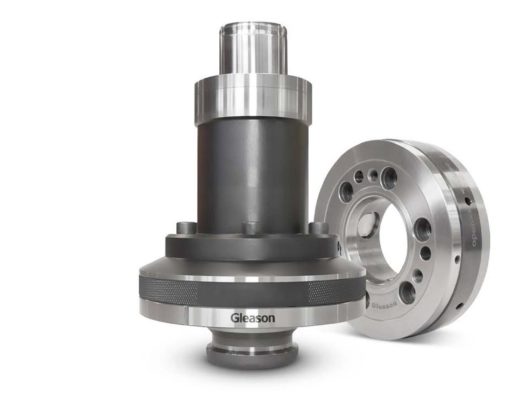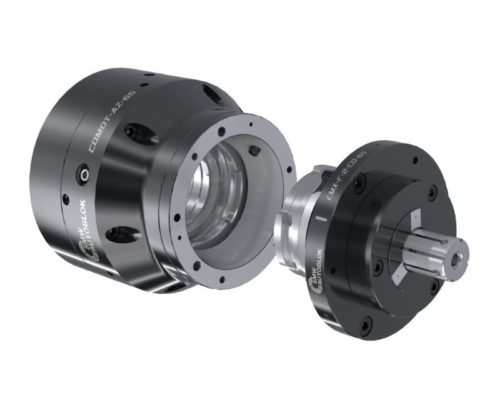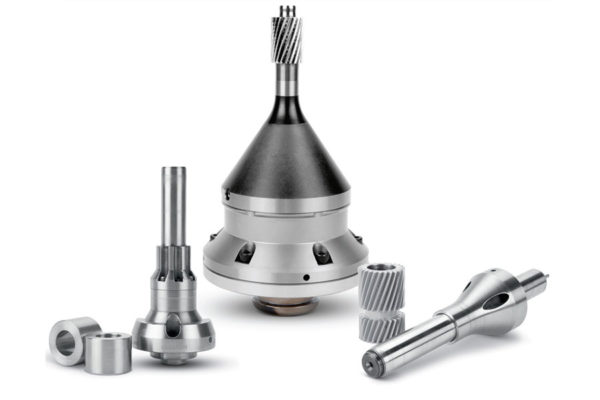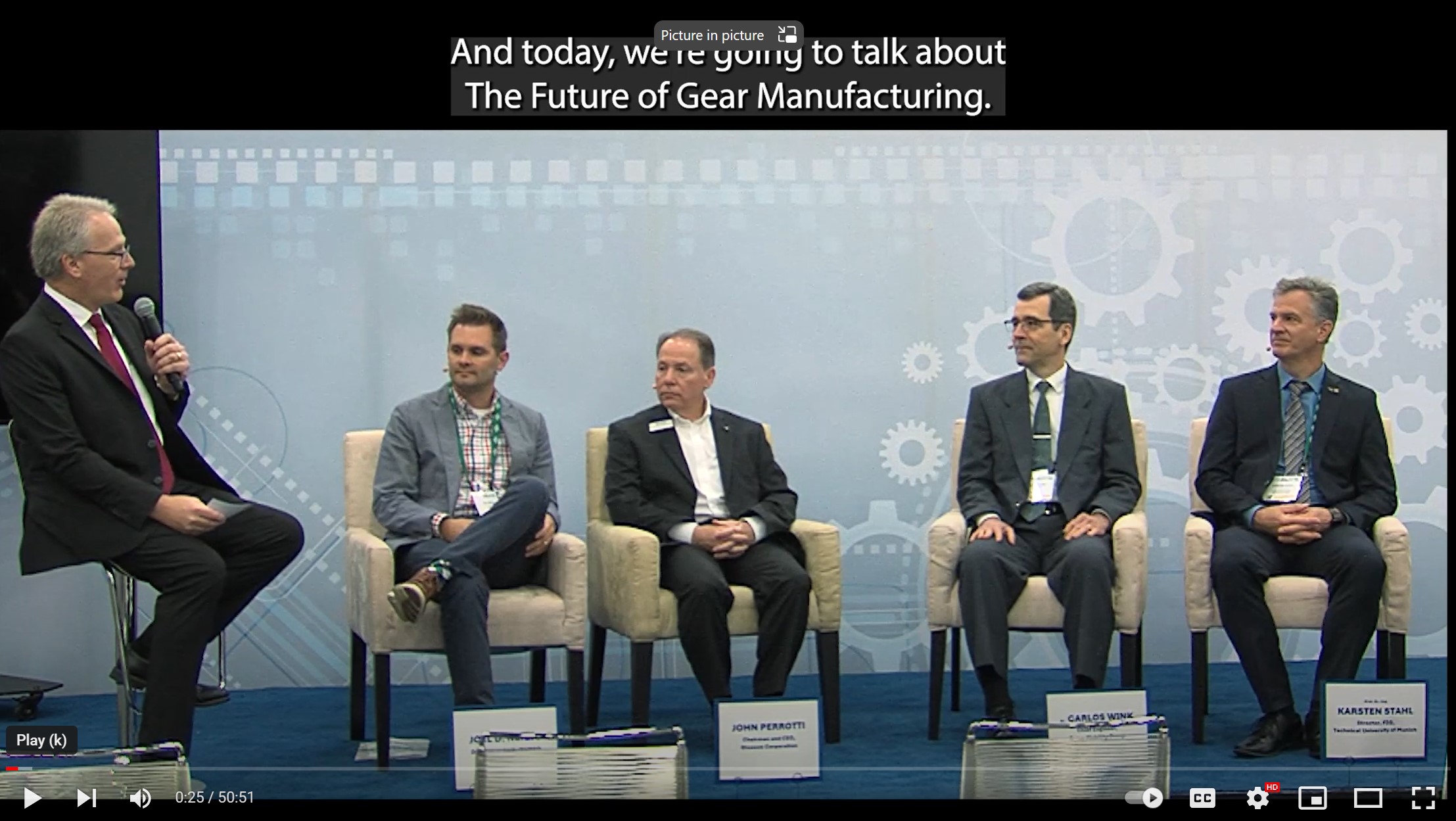Items Tagged with 'workholding'
ARTICLES
Automated cell delivers “lights-out” hobbing operations at Precision Gears with assistance from Hainbuch mandrels
Read More
Hydraulic Workholding Expands Its Horizons
Extremely accurate and impervious to contamination, hydraulic clamping is ideal for e-drive and other applications where producing high-precision gears is paramount.
Read More
Inspection Workholding: Simply Perfect
Gleason LeCount Adjustable Expanding Mandrels offer a fast, flexible and amazingly simple solution for metrology applications where speed, accuracy and repeatability are paramount
Read More
Innovative Workholding Solutions for Gearing Technology at IMTS 2022
Clamping systems save time and stabilize manufacturability
Read More














